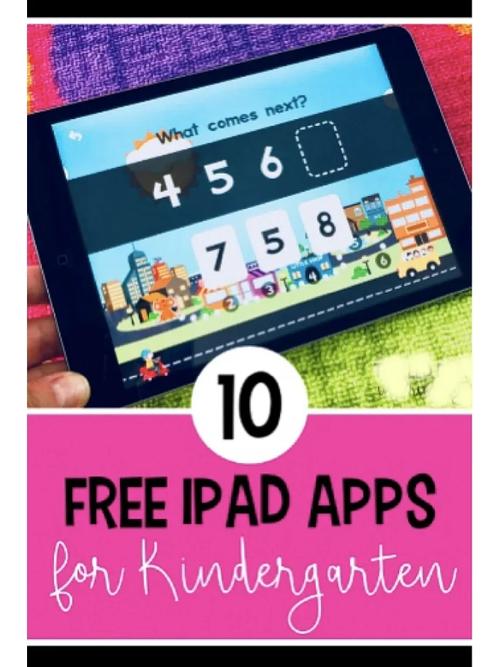
Understanding the Importance of Interactive Money Games for Kindergarten Children
Interactive money games for kindergarten children are a fantastic way to introduce the concept of money in a fun and engaging manner. These games are designed to help young learners grasp the basics of counting, recognizing coins, and understanding the value of money. By playing these games, children can develop essential financial skills that will serve them well as they grow older.
Benefits of Interactive Money Games
Interactive money games offer numerous benefits for kindergarten children. Here are some of the key advantages:

-
Develops Math Skills: Counting, adding, and subtracting are fundamental math skills that are honed through interactive money games.
-
Enhances Financial Literacy: By playing these games, children learn the value of money and how to manage it effectively.
-
Encourages Decision-Making: Interactive money games often require children to make choices, which helps them develop decision-making skills.
-
Improves Hand-Eye Coordination: Many of these games involve clicking, dragging, and dropping, which can help improve hand-eye coordination.
-
Boosts Confidence: As children master the skills required to play these games, their confidence in their abilities can increase.
Top Interactive Money Games for Kindergarten Children
There are many interactive money games available for kindergarten children. Here are some of the best options:
| Game Name | Description | Age Range |
|---|---|---|
| Counting Coins | A simple game where children count coins and match them to their values. | 4-6 years |
| Shopkeeper’s Helper | Children play the role of a shopkeeper and learn how to make change. | 5-7 years |
| Money Match | Children match coins to their corresponding values. | 4-6 years |
| Save, Spend, and Share | Children learn about saving, spending, and sharing money through a fun story. | 5-7 years |
How to Choose the Right Interactive Money Game
When selecting an interactive money game for your kindergarten child, consider the following factors:
-
Age Appropriateness: Ensure the game is suitable for your child’s age and developmental level.
-
Engagement: Look for games that are fun and engaging to keep your child’s interest.
-
Educational Value: Choose games that offer a balance of fun and learning.
-
Accessibility: Consider whether the game is available on a platform your child uses, such as a tablet or computer.
Integrating Interactive Money Games into the Classroom
Interactive money games can be easily integrated into the kindergarten classroom. Here are some ideas:
-
Use games as a warm-up activity to get children excited about learning.
-
Incorporate games into lesson plans to reinforce financial literacy concepts.
-
Assign games as homework to provide additional practice at home.
-
Organize a game day where children can play together and learn from each other.
Conclusion
Interactive money games for kindergarten children are a valuable tool for teaching financial literacy and math skills. By incorporating these games into your child’s education, you can help them develop a strong foundation for future financial success.





